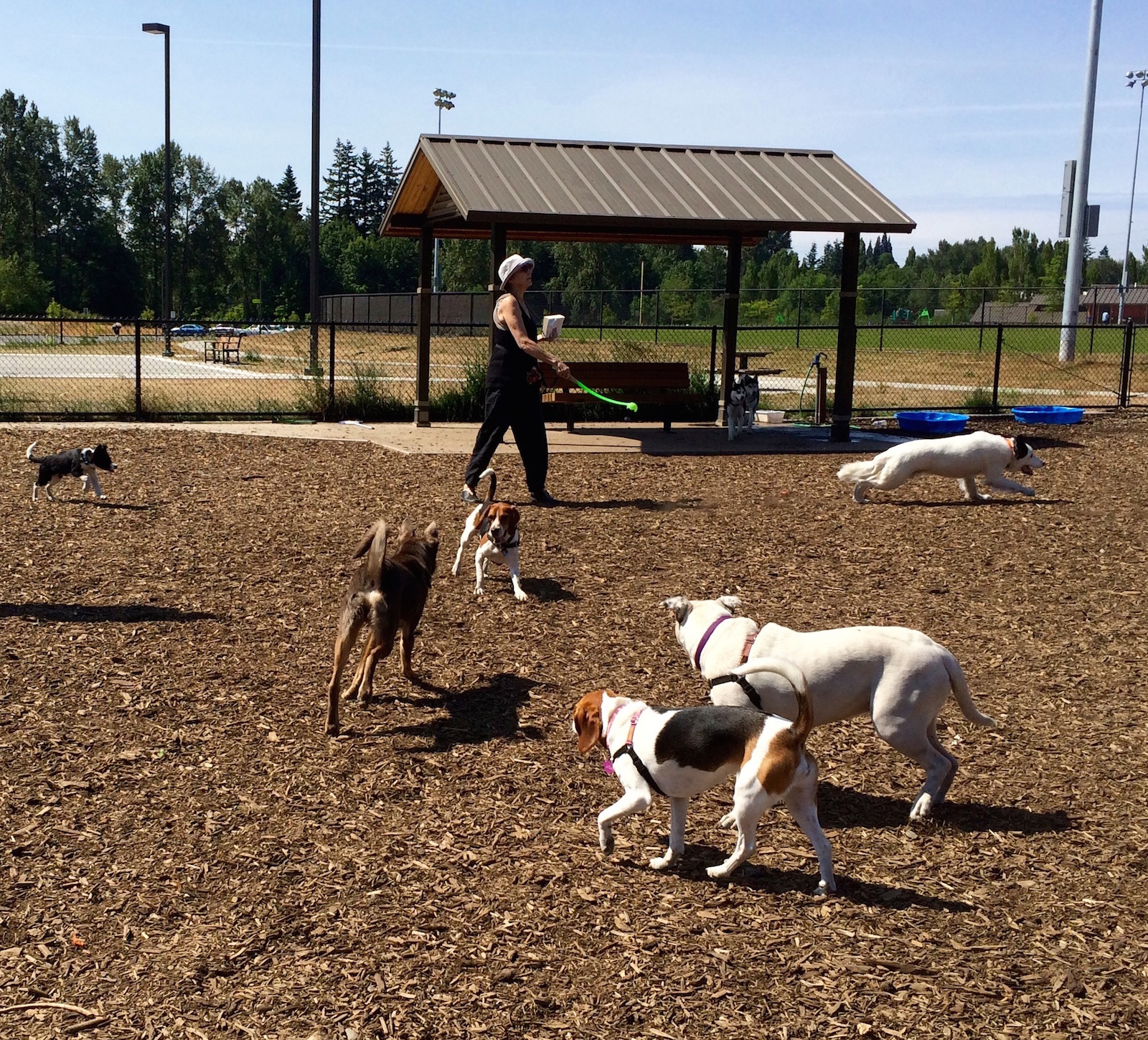Introduction: The Joy of Off-Leash Adventures
Few experiences compare to the exhilaration of exploring the great outdoors with your canine companion by your side. Off-leash adventures offer dogs the freedom to roam, explore, and revel in their natural instincts while strengthening the bond between human and canine. However, mastering off-leash adventures requires careful preparation, training, and a deep understanding of your dog’s needs and behavior. In this guide, we’ll explore the benefits of off-leash adventures and provide tips for safely and responsibly enjoying them with your furry friend.
Understanding Off-Leash Freedom: Benefits for Dogs and Owners
Off-leash adventures provide numerous benefits for both dogs and their owners. Dogs have the opportunity to exercise, socialize, and engage in natural behaviors such as sniffing, running, and playing without the constraints of a leash. For owners, off-leash adventures promote physical activity, mental stimulation, and a stronger bond with their canine companions. Additionally, exploring new environments together fosters a sense of adventure and shared experiences that enrich the human-dog relationship.

Preparation is Key: Essential Gear and Safety Measures
Before embarking on off-leash adventures, it’s essential to prepare adequately and ensure the safety and well-being of both you and your dog. Invest in quality gear such as a sturdy harness, collar with identification tags, and a reliable leash for situations where leash restraint is necessary. Consider bringing along essentials such as water, snacks, a first aid kit, and waste disposal bags. Familiarize yourself with the area’s rules and regulations regarding off-leash activities and adhere to trail etiquette to minimize environmental impact and ensure a positive experience for all.
Training for Off-Leash Success: Building Recall and Obedience Skills
Successful off-leash adventures hinge on effective training and reliable obedience skills, particularly recall—the ability to come when called. Start by teaching basic obedience commands such as “sit,” “stay,” and “come” in a controlled environment free from distractions. Gradually increase the level of difficulty and practice recall in various settings with increasing levels of distractions. Use positive reinforcement techniques such as treats, praise, and play to reward desired behaviors and reinforce obedience.
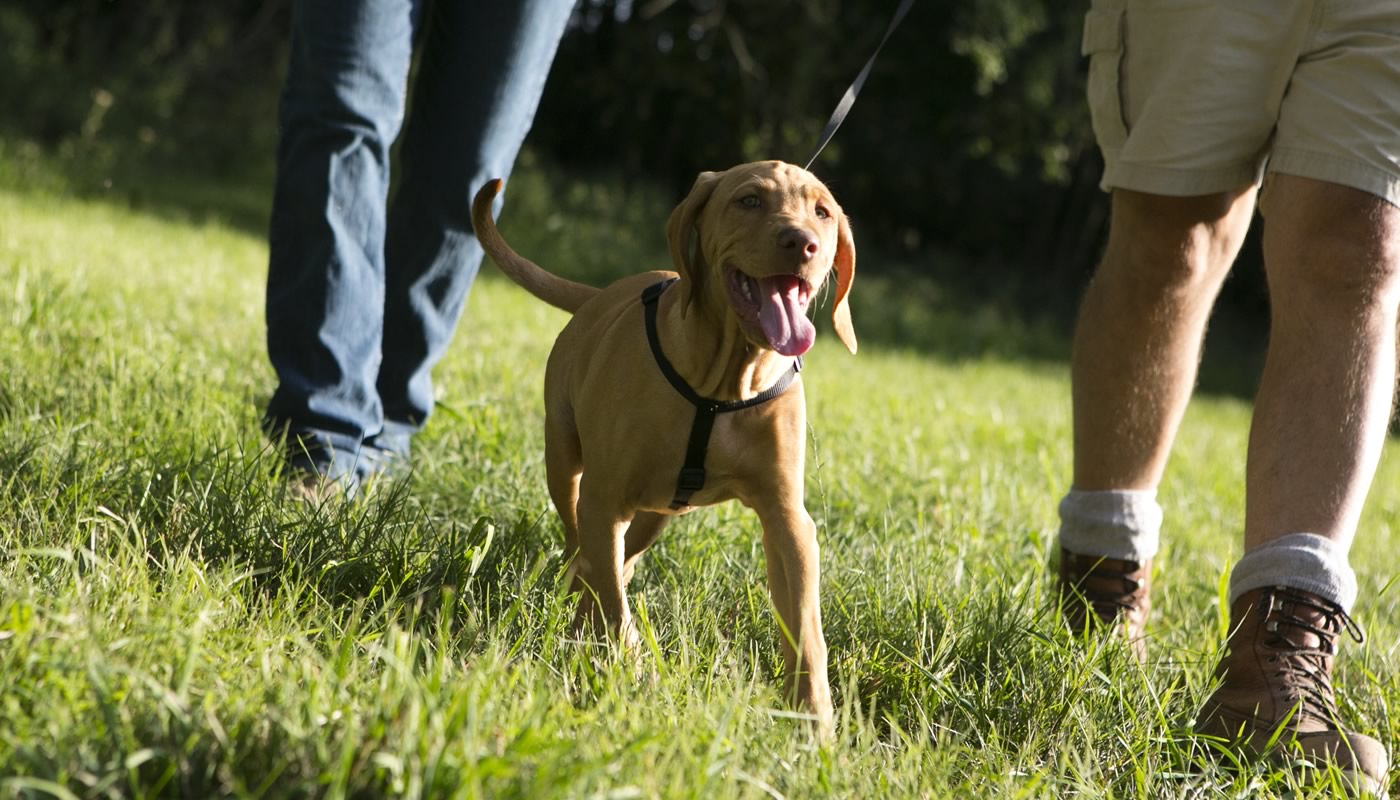
Assessing Your Dog’s Readiness: Temperament, Training, and Environment
Not all dogs are suited for off-leash adventures, and it’s essential to assess your dog’s readiness before allowing them off-leash in uncontrolled environments. Consider factors such as temperament, obedience level, responsiveness to commands, and previous experiences with off-leash activities. Start with supervised off-leash sessions in enclosed areas such as fenced dog parks or designated off-leash trails to gauge your dog’s behavior and response to freedom. Gradually progress to more challenging environments as your dog demonstrates reliability and trustworthiness.
Choosing the Right Environment: Safety, Accessibility, and Enjoyment
Selecting the right environment is crucial for a successful off-leash adventure. Choose areas that are safe, accessible, and conducive to off-leash activities, such as designated off-leash parks, beaches, or hiking trails. Ensure that the area is free from potential hazards such as traffic, wildlife, toxic plants, or other dogs with unpredictable behavior. Consider the terrain, weather conditions, and your dog’s physical capabilities to ensure a comfortable and enjoyable experience for both of you.
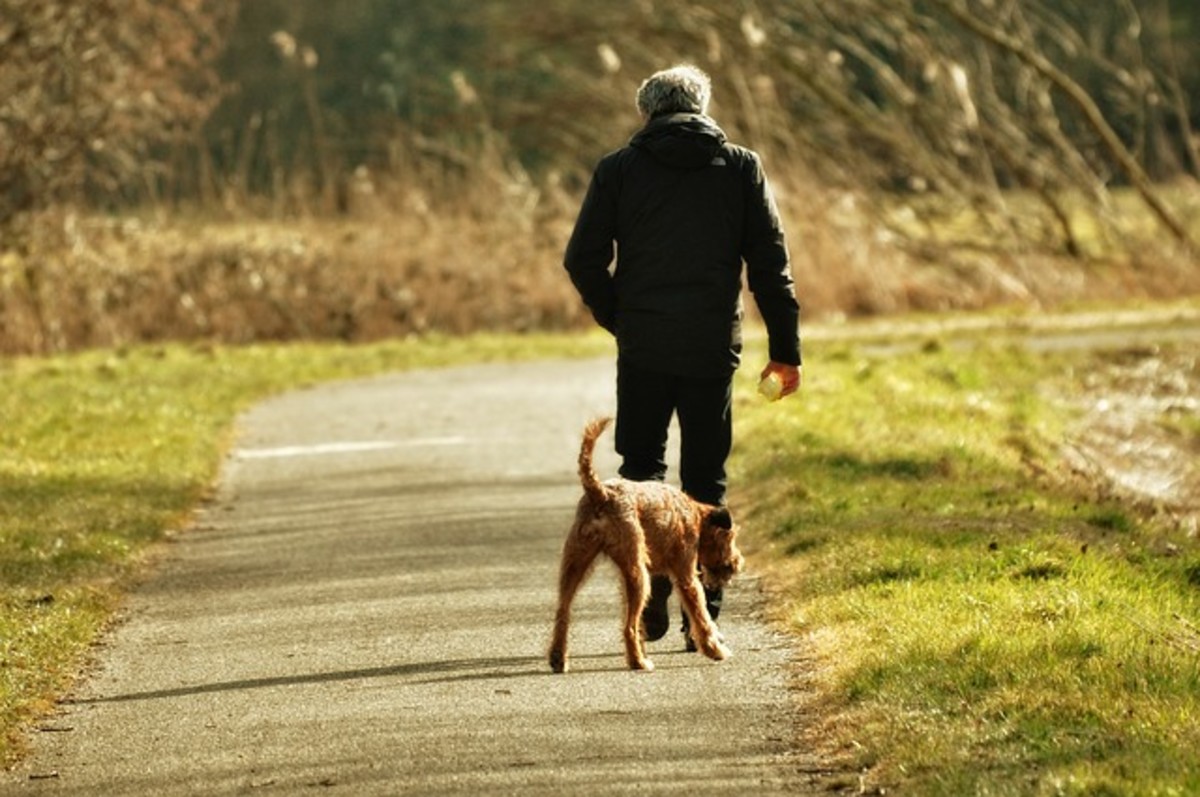
Safety First: Supervision, Boundaries, and Risk Management
Even in off-leash environments, safety should always be a top priority. Maintain vigilant supervision of your dog at all times, keeping them within sight and earshot to prevent potential hazards or conflicts with other animals or people. Set clear boundaries and establish rules for acceptable behavior, such as respecting wildlife, avoiding confrontations with unfamiliar dogs, and refraining from excessive barking or nuisance behaviors. Be prepared to intervene or recall your dog if they exhibit signs of distress, discomfort, or disobedience.
Embracing Adventure: Exploring New Trails and Destinations
Off-leash adventures offer endless opportunities for exploration and discovery, allowing you and your dog to embark on exciting journeys together. Venture beyond familiar routes and explore new trails, parks, and natural landscapes that stimulate your senses and ignite your spirit of adventure. Engage in activities such as hiking, swimming, or simply strolling through scenic surroundings, allowing your dog to indulge in their innate curiosity and sense of wonder.
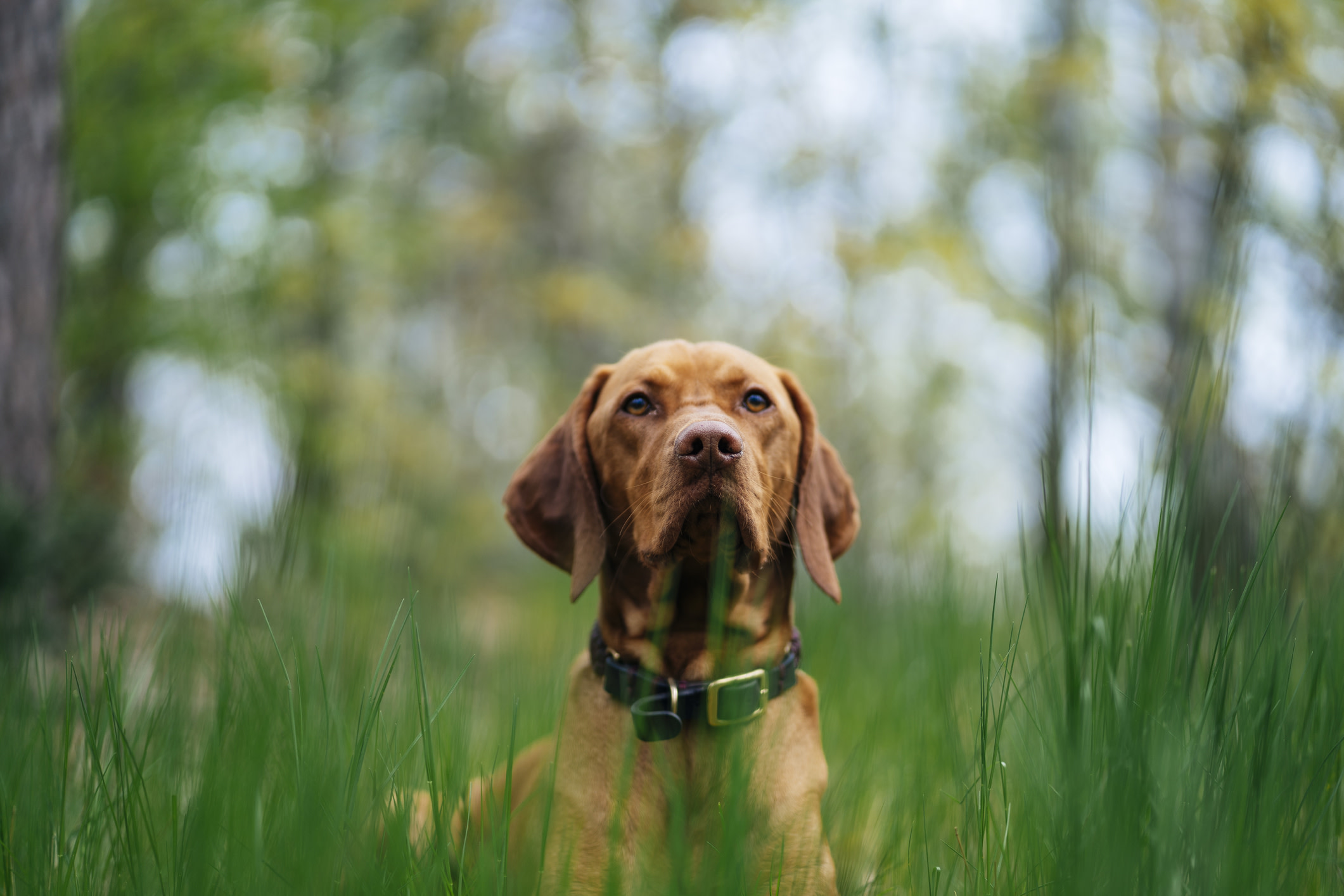
Responsible Ownership: Advocating for Off-Leash Access and Conservation
As advocates for off-leash access and responsible dog ownership, it’s essential to uphold principles of conservation, stewardship, and mutual respect for fellow outdoor enthusiasts. Follow leave-no-trace principles, pack out what you pack in, and respect wildlife and natural habitats. Advocate for off-leash access in your community by supporting initiatives that promote responsible dog recreation and conservation efforts that preserve and protect our natural landscapes for future generations to enjoy.
While off-leash adventures can be immensely rewarding, they also present challenges that require careful navigation and problem-solving skills. From unexpected encounters with wildlife to navigating tricky terrain, it’s essential to anticipate and prepare for potential obstacles to ensure a safe and enjoyable experience for both you and your dog.
Encountering Wildlife: Safety Tips and Precautions
Wildlife encounters are an inevitable part of off-leash adventures, particularly in natural environments such as forests, mountains, and parks. To ensure the safety of both you and your dog, familiarize yourself with local wildlife species and their behaviors, including potential threats and defensive reactions. Keep your dog under close control and avoid off-leash activities in areas known to have dangerous wildlife, such as bears or snakes. If you encounter wildlife, remain calm, maintain a safe distance, and slowly back away without turning your back on the animal.
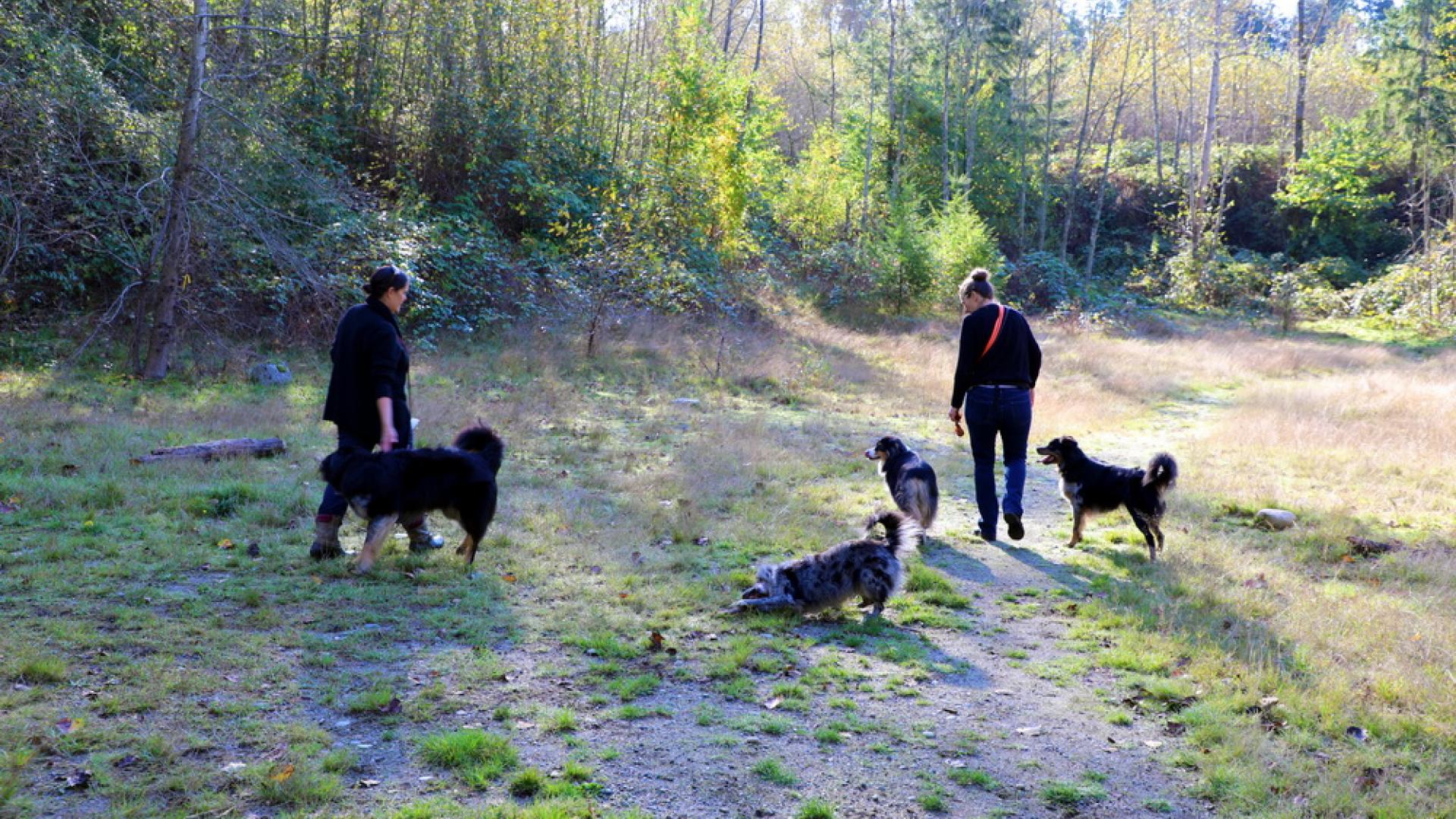
Off-leash adventures often involve traversing diverse terrain, from rocky trails to steep slopes and water crossings. Before embarking on your adventure, assess the terrain and consider your dog’s physical capabilities and comfort level. Use caution when navigating uneven or slippery surfaces, and provide assistance to your dog as needed to prevent falls or injuries. Consider investing in protective gear such as boots or paw wax to shield your dog’s paws from rough terrain or extreme temperatures. Take breaks as needed to rest and hydrate, allowing your dog to recharge and recover before continuing your journey.
Managing Distractions: Maintaining Focus and Control
Off-leash environments are filled with distractions that can challenge your dog’s focus and obedience. From enticing scents to other dogs, wildlife, and unfamiliar sights and sounds, it’s essential to reinforce obedience and recall skills to maintain control in distracting situations. Practice attention exercises and desensitization techniques to gradually acclimate your dog to common distractions encountered during off-leash adventures. Use high-value treats and toys to redirect your dog’s attention and reinforce desired behaviors, rewarding them for maintaining focus and responding to commands despite distractions.
Conclusion: Embracing Freedom and Connection Through Off-Leash Adventures
In conclusion, off-leash adventures offer a unique opportunity for dogs and their owners to connect with nature, embrace freedom, and strengthen their bond through shared experiences and exploration. With careful preparation, training, and a commitment to safety and responsibility, you can unlock the full potential of off-leash adventures and create cherished memories that last a lifetime. So leash up, step outside, and embark on a journey of unleashed and unstoppable adventures with your canine companion by your side.






